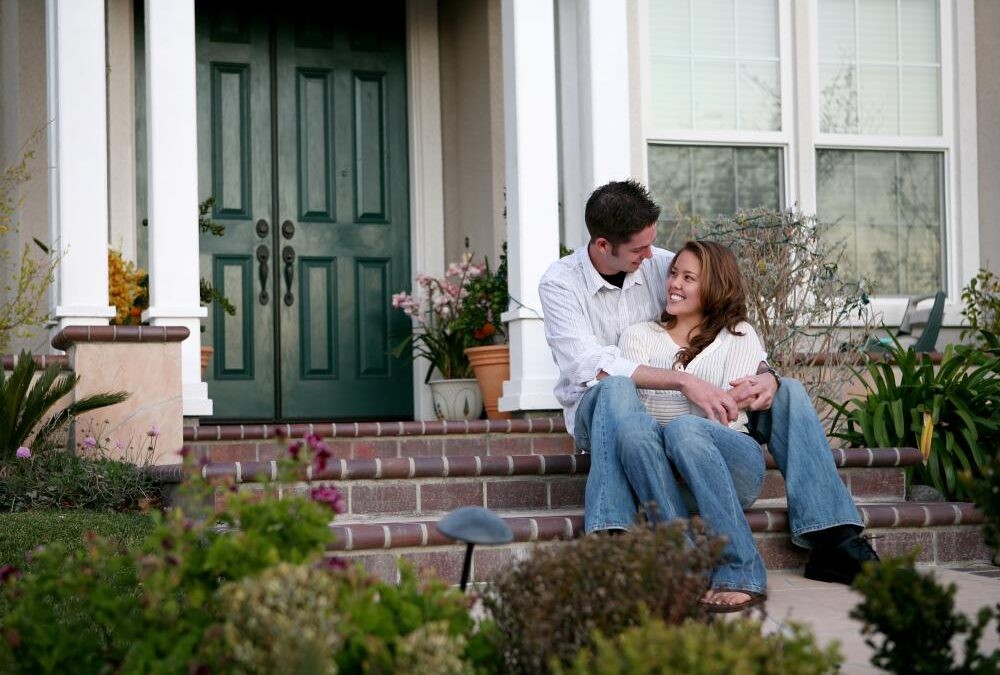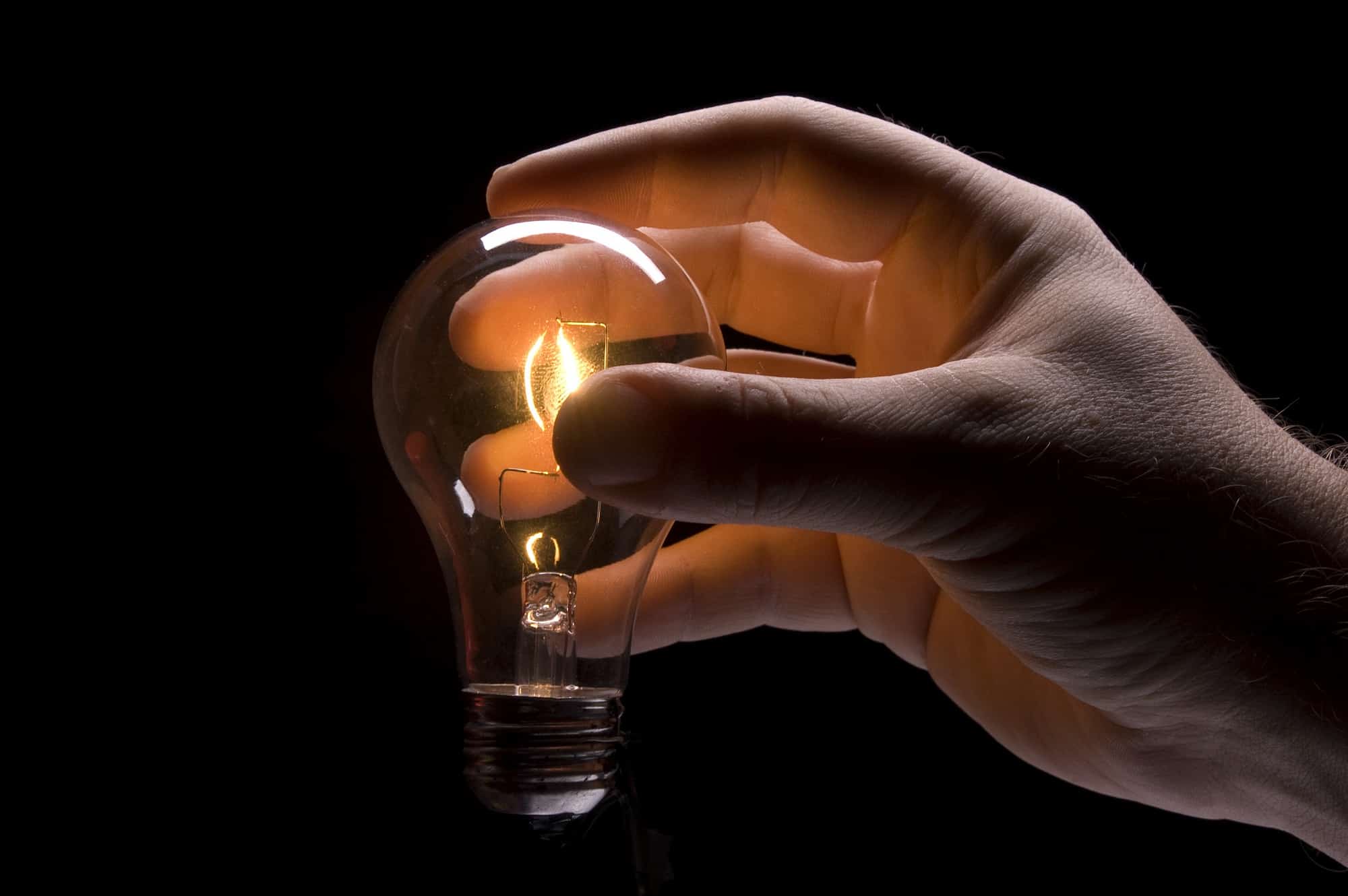The Door Between Worlds
There’s something powerful about the moment you cross the threshold into your home. Whether you’re arriving after a long day or stepping out into the world, the front door is more than just a physical barrier. It’s a place of transition — where your public and private selves shift, and where the tone of your environment begins.
For those drawn to intentional living, this space carries symbolic weight. The front door becomes a reflection of how you want your home to feel: calm, welcoming, supportive. It’s a place to pause, take a breath, and realign with the energy you want to bring inside.
By noticing and shaping this space with care, you open the door — quite literally — to a more grounded and mindful way of living.
The Energy You Invite In
The condition of your entryway has a subtle but lasting influence. As you step through the door, the space either supports a sense of calm or adds tension. Visual clutter, dim lighting, or disrepair can affect how you feel without you even realizing it. By contrast, a clear, intentional entry can bring a quiet sense of order.
A meaningful shift often starts with the door itself. For homeowners in places like West Chester, PA, working with a trusted entry door supplier offers a way to bring both function and beauty into this space. Whether it’s choosing a new style, color, or material, the entry door can set the tone for everything that follows.
Treating your entryway as part of your home’s emotional landscape transforms it from a pass-through into a point of connection — one that welcomes you into the life you’re building inside.
More Than Curb Appeal: Your Entryway as a Daily Ritual
Beyond its appearance, the entryway plays a key role in how we transition between the outside world and the sanctuary of home. It’s where we let go of responsibilities, shift gears, and move into a different pace. These moments may be small, but they create emotional rhythms that shape how we feel.
An intentional entry space helps support those rhythms. A soft light, a place for shoes, a surface to set your bag or keys — these are not just conveniences. They are cues that invite you to move more slowly, to reconnect with the space and yourself.
Each element you add with purpose becomes a tool for regulating your energy. Whether it’s a calming scent, a meaningful piece of art, or a small bench that makes your morning less rushed, these choices help reinforce the life you want to lead.
Intentional Living Begins at the Threshold
Living with more intention often starts by adjusting the environments we interact with every day. The entryway is one of the first and most frequent of those touchpoints. When that space feels orderly, aligned, and welcoming, it supports emotional clarity and mental ease.
Changing the door itself can be part of that shift. The way it looks, feels, and functions all contribute to how safe, grounded, or uplifted you feel as you walk through it. Small tactile elements — from the finish of the handle to the way the door opens — play into your daily sensory experience.
The connection between home design and mental health is well established. Everyday elements like layout, lighting, and materials influence mood, stress levels, and focus. This is especially true at entry points. As explored in this perspective on how the built environment shapes mental health and daily functioning, the spaces we inhabit affect not just how we feel, but how we function.
An aligned entryway doesn’t need to be dramatic. Small upgrades can foster a deeper sense of harmony between your physical home and your emotional wellbeing.
Small Shifts, Big Energy
Reimagining your entryway doesn’t require a full renovation. Often, it’s the smaller, thoughtful changes that create the most meaningful shift in energy.
Start with what you encounter first. A tidy path to the door and a clean doormat instantly create a feeling of intention. A fresh coat of paint or updated hardware can quietly elevate the space. Even subtle lighting changes — indoors or out — can soften your return home.
Inside, consider what helps you feel at ease. A small surface for daily items, a welcoming scent, or a seasonal touch like fresh greenery can reinforce the idea that this is your space to settle and reset.
These touches become part of your daily experience. They’re not about impressing others — they’re about supporting yourself. If you’re looking for more ways to create clarity and flow at home, exploring ideas around clearing clutter can offer even more direction.
The Home You Return To
Every time you cross your threshold, you return to yourself. That moment — often repeated, rarely noticed — can either ease the transition into home life or complicate it.
Designing this space with care isn’t about making it perfect. It’s about letting it reflect the mood and rhythm you want to carry into your day. Over time, even the smallest intentional choices can shift the emotional weight of this space. A soft light, a clear surface, a place to pause — these elements tell your nervous system that it’s safe to exhale.
With consistency, these small shifts begin to ripple outward, influencing how the rest of your home feels — and how you feel in it.
Conclusion
Your front door is more than a physical threshold. It’s a pause point — a moment to reset, to ground yourself, and to shape the energy you bring into your space. When you approach your entryway with intention, it becomes a quiet but powerful part of your daily life. It reminds you that home isn’t just where you live — it’s how you live.
Little things can upgrade the quality of your daily life.
Snag a free workbook and get inspiration on all the ways to love your life even more.
>>Click Here to Discover Additional Articles on How to Fall in Love with Yourself and Your Life <<









